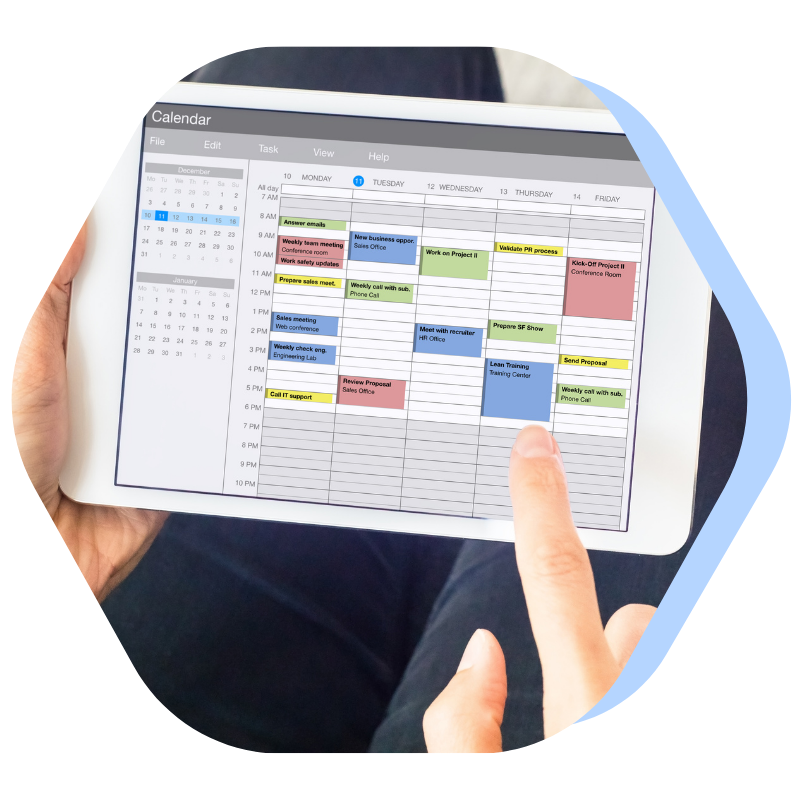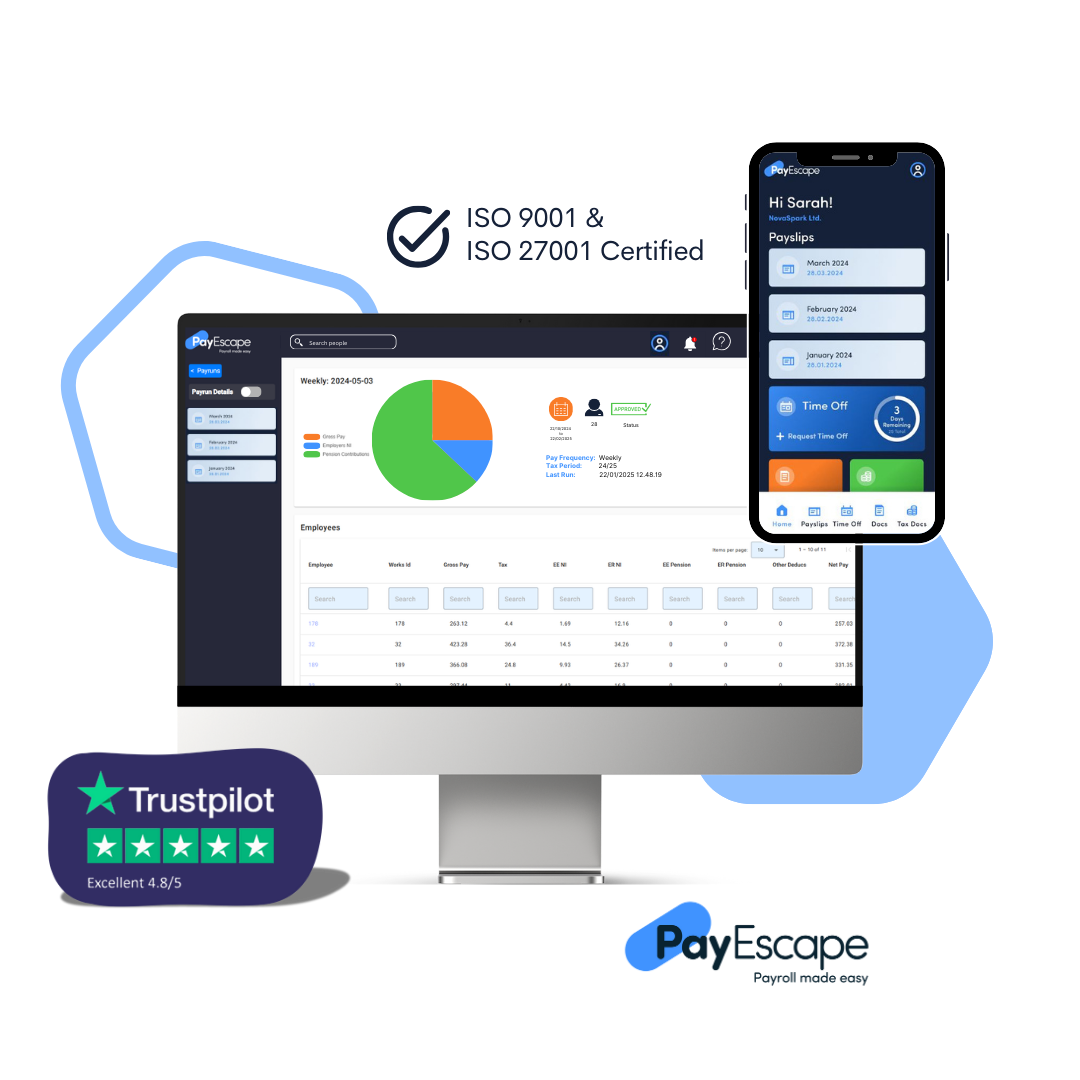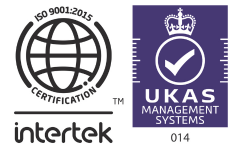HCM Scheduling Rota Systems
T&A and HR systems may sometimes operate as separate solutions, leading to inefficiencies if integration is poor. While integration has been covered in previous sections, scheduling deserves particular attention as a critical component of workforce management.














